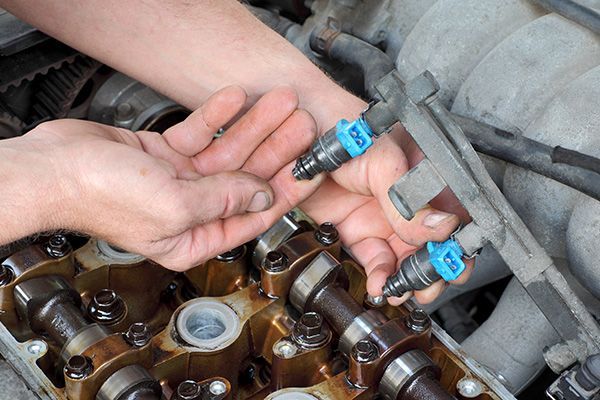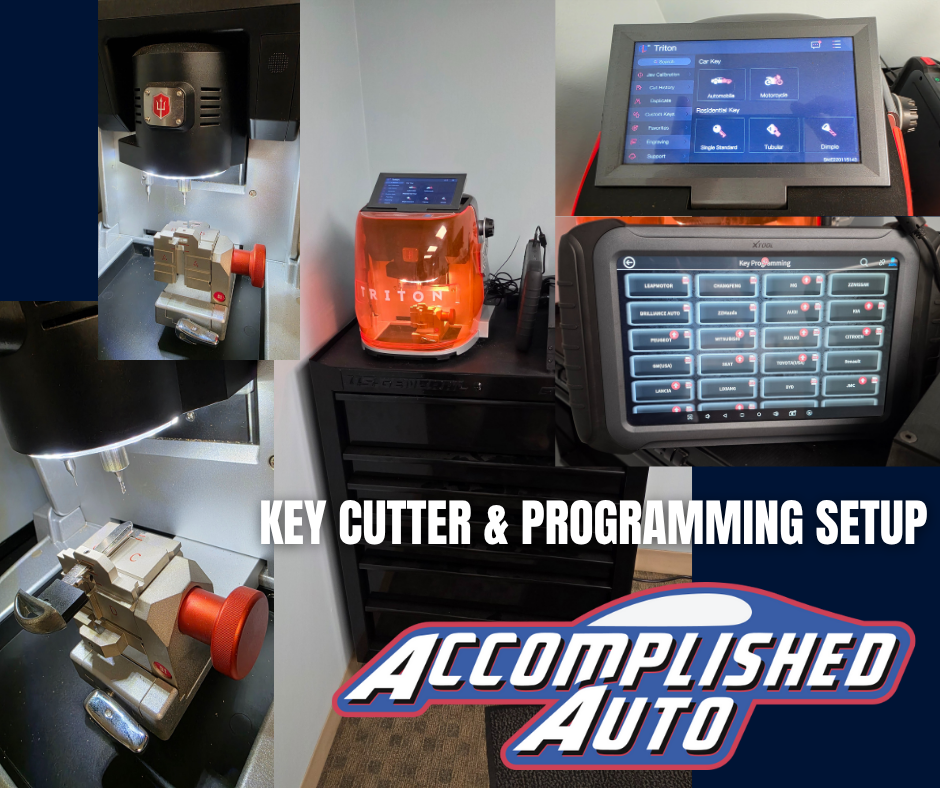
Hydroplaning Basics
Did you know there was a term for losing control of your vehicle on a snowy, icy, or wet road? This is called hydroplaning. Hydroplaning happens when your car tires lose contact with the road and skim or slide across a wet surface instead. Speeding through light rain, snow, or ice can easily cause your vehicle tires to lose traction with the road and the car to "hydroplane."
Loss of tire traction can result in unexpected accidents if your vehicle has an issue with steering, braking, or loss of control of the vehicle.
According to experts, the first few minutes of wet rainy conditions are the most important. These conditions are more likely to cause hydroplaning than others as water, road debris, lubricants, and oils combine to create a slippery road service. People who are driving over 35 miles an hour under these wet road conditions are more likely to hydroplane than people driving at a reduced rate of speed.
How to Prevent Your Car From Hydroplaning
While we can't account for all driving conditions and unexpected downpours, snowstorms, or blizzards, there are critical steps drivers can take to reduce the likelihood of hydroplaning on slippery roads.
Tip #1. Slow Down - Remember that hydroplaning often occurs at speeds of 35 mph or more. Adjust your speed accordingly when driving in wintry conditions, hazardous conditions, downpours, or other conditions that can cause slippery roads.
Tip #2. Maintain Your Tires - Keeping the right amount of tread and the recommended air pressure in your tires can help prevent hydroplaning. When your tires are properly inflated and they have enough tread, the likelihood of your tires losing traction or hydroplaning is greatly reduced.
Tip #3. Maintain Your Vehicle - Getting the recommended service and repair for your vehicle helps to extend the overall life of your car and avoid unnecessary accidents. Check your owner's guide to learn recommended service time frames for tires, brakes, exhaust systems, automatic transmission services, and oil changes.
Need vehicle or tire repair or service? We invite you to bring your vehicle into our automotive service center today!










